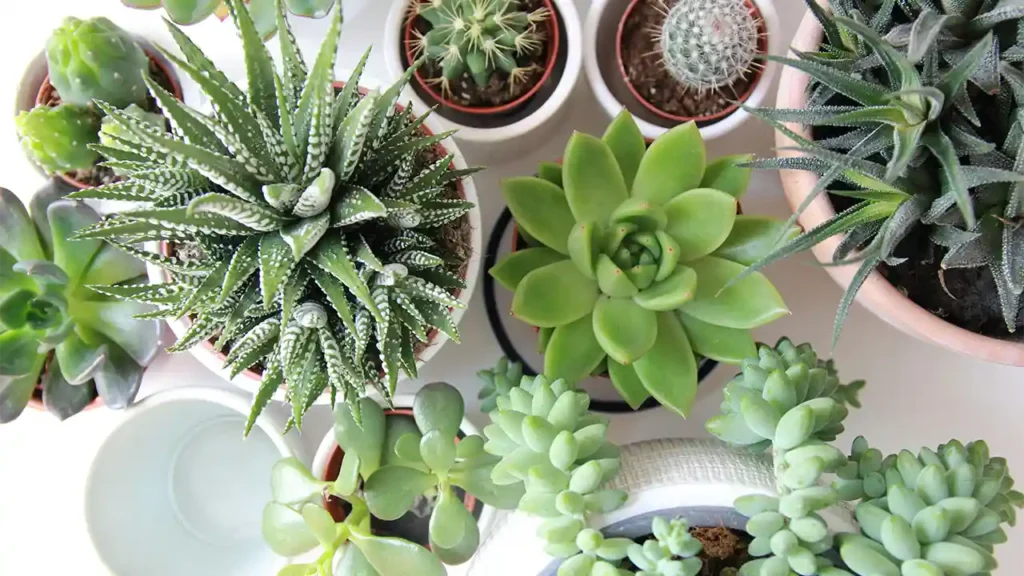Bonsai tree mastery is a delicate and rewarding art that requires patience, precision, and dedication. Originating from ancient Japan, this practice revolves around cultivating miniature trees in containers, artfully shaping them to mimic the grandeur of mature trees found in nature. The process involves careful pruning, wiring, and repotting, all aimed at controlling the tree’s growth while maintaining its health. Mastery of bonsai not only involves horticultural skill but also an understanding of aesthetics, with each tree reflecting the artist’s vision and care.
One of the essential aspects of bonsai tree mastery is understanding the specific needs of each species. Whether it’s a juniper, pine, or maple, each variety has unique care requirements, including sunlight, water, and soil conditions. A master bonsai grower must be able to tailor their approach to each tree’s individual needs while maintaining its miniature form. Over time, with the right balance of care and technique, a bonsai tree can become a living work of art, expressing a deep connection between nature and the artist.
The Techniques Behind Bonsai Mastery
The foundation of bonsai tree mastery lies in several techniques, each contributing to the tree’s shape and longevity. Pruning is one of the primary methods used to control the growth of the tree, ensuring it remains compact and balanced. Additionally, wiring allows the artist to gently shape branches and trunks, giving the tree a natural, yet artistic, appearance. Repotting is also essential, as it refreshes the soil and gives the roots space to grow without becoming overgrown. These techniques require a steady hand and a sharp eye for detail, as improper methods can hinder the tree’s growth or even harm it.

Understanding the balance between aesthetics and health is a crucial element of bonsai tree mastery. The beauty of bonsai comes not only from its shape but also from its overall health and vitality. A healthy bonsai tree will display vibrant leaves, strong branches, and an intricate root system. Mastery requires constant observation, tweaking, and sometimes even corrective actions to ensure the tree is thriving while also adhering to the desired artistic style. Bonsai is a lifelong commitment, and its practice can bring deep satisfaction to those who dedicate themselves to its art.
Plants bring life to our homes and remind us that growth takes patience, care, and a touch of sunlight.
— Robot Fox
The Reward of Bonsai Mastery
In the end, the reward of bonsai tree mastery is both personal and tangible. The joy of watching a tree evolve over the years, with each branch carefully shaped and each leaf meticulously pruned, brings a profound sense of accomplishment. Beyond the physical work, bonsai cultivation is a form of meditation and mindfulness. It teaches patience, attention to detail, and respect for nature’s rhythms. Through bonsai, the artist develops a deeper understanding of growth, transformation, and the timeless bond between humans and the natural world.

Leave a Reply